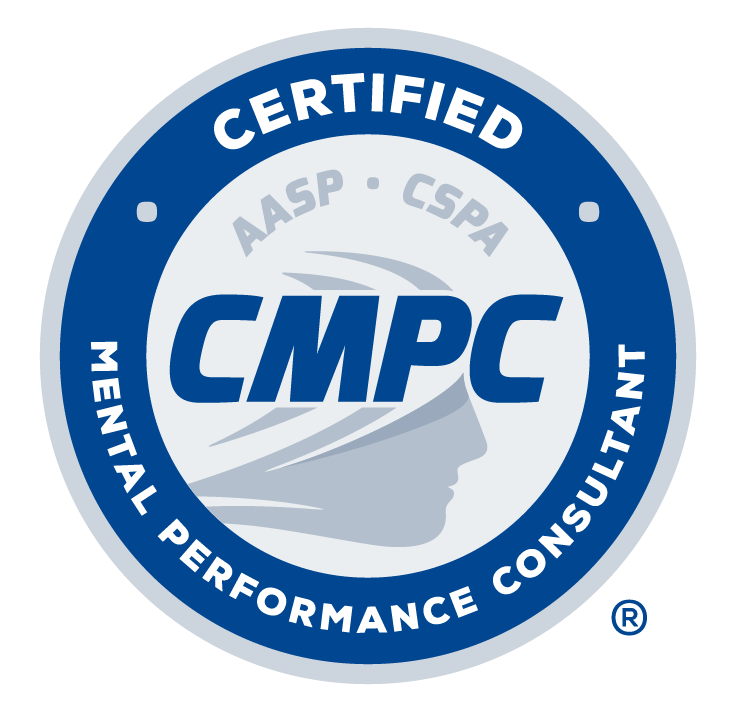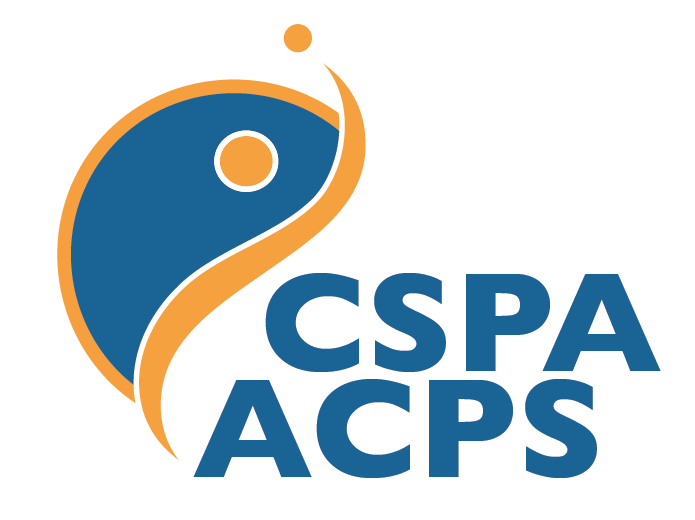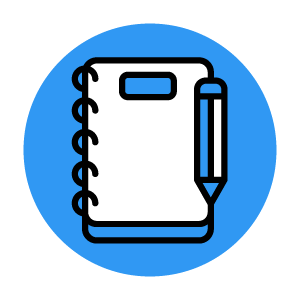Creating an Effective Poster Presentation
The Poster: General Comments
The poster format has become an increasingly popular form of communication at AASP meetings. New and exciting research ideas can gain recognition and meaningful feedback through a well-organized and an eye-catching poster. Presenters must recognize that participants at the meeting probably have not had the opportunity to read all abstracts before they walk into the display area. The poster must have the strolling audience in mind. Attention will invariably be drawn to colorful posters with a crisp, clean design and a large easily read title.
The Poster Title
For a poster title to be easily read, it must be large. Keep in mind that the title is at the very top of the board, i.e., approximately 7 feet from the floor level. The centered title should stretch across most of the width of the poster board. The letters in the title should be at least 2 ½" high (preferably 3") and be as wide (i.e., thick) as possible. If the title is brief, consideration should be given to using all upper case letters. Centered below the title should be the author(s) name(s) and affiliation. First names should be used rather than only initials in order to encourage interaction (in verbal sessions, presenters are introduced by their first name). The letters in this second line should be at least 1 ½" high (preferably 2"). If there are several authors, you may wish to have the affiliation on a third line (1" high).
The Poster Content
To develop comprehensible posters, follow the vital instructions in the box:
It will be a missed opportunity if your poster is unintelligible because too much information is placed in too little space, or if there is insufficient detail.
In all seriousness, you can do something about the quality of your poster presentation. When one considers the amount of time, money and energy that goes into a research project, it is important to present it in a clear and concise manner. To have effective communication dashed by an incomprehensible poster presentation is indeed a missed opportunity for the author(s) and viewers alike.
Many of the rules for preparing a poster are "at odds" with those for writing a research article. The most obvious difference is that the poster can and should be in print form. In an article we might write, "The participants in this investigation were 70 Pee Wee ice hockey players from the most elite division in the city. Pee Wee players ranged in age from 12 to 13. Goal tenders were not examined in this study." However, in a poster, it is more effective to have a larger heading "PARTICIPANTS" below which is presented. "70 Elite Pee Wee (ages 12–13) Ice Hockey Players (no Goaltenders)." Less verbage in large type allows for quick and easy reading. For a research article, authors are encouraged to include results in the text. In a poster, presenters should portray as many of their results as possible in a pictorial fashion (i.e., bar graphs for comparisons of means and pie charts for indicating the percent of variance accounted for). Not only are these formats easily read, but they allow for the incorporation of color and are, therefore, much more pleasing to the eye.
Do not overwhelm the viewer with too much material. However, enough material should be there so that a straight–forward story can be told without your presence.
- ABSTRACT — Many would argue that an abstract is not necessary on a poster board given the fact that the viewers already have a book of abstracts. An abstract takes up valuable space on the poster board.
- INTRODUCTION — This section should summarize (point form) the PURPOSE(S) and RATIONALE for the study. Do not overwhelm your reader with a complete literature review. However, don\'t be modest. Make the significance and the originality of the work very clear. This is especially important for viewers from other sections.
- METHOD — In this section, the PARTICIPANTS should be identified. Often the DESIGN can be explained in a pictorial manner.
- RESULTS can be effectively presented by simple tables, figures, illustrations, and/or photographs. Make each stand on its own, so the viewer doesn\'t have to refer elsewhere to understand the message(s).
- SUMMARY and CONCLUSION — Briefly, state the "bottom lines" of your work.
- IMPLICATIONS and APPLICATIONS — Keep in mind that one of our "A"s stands for "Applied." Don\'t be afraid to take a leap and suggest what your findings say to the practitioner. This should stimulate discussion.
- ACKNOWLEDGEMENT — Identify funding source(s), institutional support, and individuals who have contributed significantly but are not listed as authors.
The Poster Design
The subject of design is complex, and any rule can be broken by one artistic flair. Some guidelines to make a poster more attractive and interesting are:
- The most important principle is simplicity. At first glance, from 10–15 feet away, the viewer should see an easy–to–read title and an uncluttered, neat arrangement of graphic illustrations and text. It should be obvious where to start inspecting the poster and where to go from there. (While one reads a page in a book from left to right on one line and then goes back to the left side of the page to read the next line, this does not work for the poster viewer because she/he has other viewers in front of the poster board. Therefore, material should flow top to bottom, then left to right.) The parts should either be numbered to facilitate this flow or there should be arrows which graphically led the viewer.
- Leave some open space in the design. The same rule applied as to packing a suitcase: when you\'re finished take out half. Tightly packed space tires the eye and the mind.
- Use elements of different sizes and proportions. Same–size and same–proportioned components result in a boring design.
- Strong visual contrast is a must. Many people have difficulty distinguishing closely–related colors, like green from blue, or among subtle shades of a primary color, particularly against incompatible background colors.
- Include photographs to attract attention, break monotony, and exemplify your points.
- Make a scale drawing of your layout. Don\'t forget to account for open space and up to 7" of depth for the title. With this year\'s poster boards being 4\' high and 8\' wide, this would allow for a maximum of 21 poster elements (7 rows across and 3 rows down of standard 8½" x 11" sheets with a 3" of open space surrounding each sheet of information). We are not recommending that all sheets be equal size or that the material be displayed this symmetrically. Rather, we are emphasizing the need for planning.
- A "Handout" is often an important addition to a poster. This can be used to provide additional information, detailed data, summary charts, and/or references. The sample two–sided handout attached, which is a miniature of an entire poster, provides viewers with a more permanent record of what they saw at the poster session.
Additional Poster Hints
1. Mounting
Ideally, all poster elements should be mounted with an adhesive on poster board or on 1/8" foam–core board (no thicker, or pins will not go through it and hold it to the main board). A half–inch or so of the colored poster board extending beyond the edge of an illustration attractively frames it. Select the mounting color carefully so that is does not overpower the picture. Illustrations mounted on the white foam–core board can be edged with colored stick–on tape.
2. Transporting the Poster
Posters often have to be taken to distant meetings. If you are flying, make the poster elements small enough to carry on the aircraft.
3. Setting up the Poster
You may have only a short time to set up your display, so prepare in advance. Have these items in a poster emergency kit: tape measure, 9\' length of string, box of clear or same colored push–pins (get longer than the standard ones if mounted illustrations are thicker than 1/8"), roll of double–stick tape, scissors, glue, package of tissue paper. Have a sketch of the poster layoutwith positions of a few key components measured off so you know where to place them. Set up a level line, if needed, by tying the string between two push–pins set a measured distance above the bottom of the display board. Make certain you set up in your assigned space.
4. Having a Permanent Record of your Poster
Don\'t forget to bring a camera so that you can take a picture of all your hard work. Also, have someone else take a picture of you and your co–authors beside the poster. (It would be impressive if poster viewers were in the picture as well!)
Happy Poster Preparation
Ideas presented have been drawn from guidelines published by the A.C.S.M. and the Society of Behavioral Medicine, suggestions from colleagues, and many years of trial and error.




